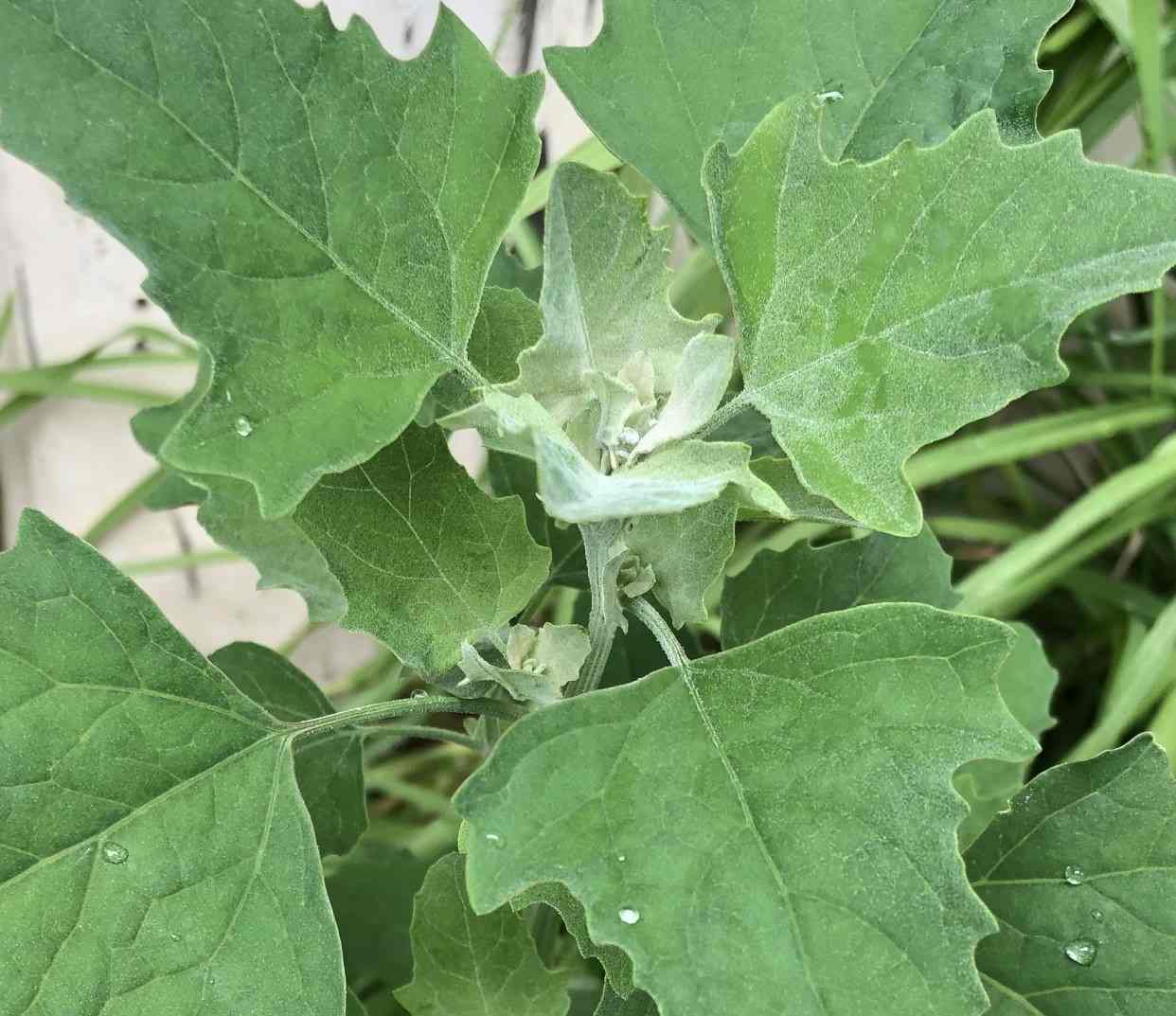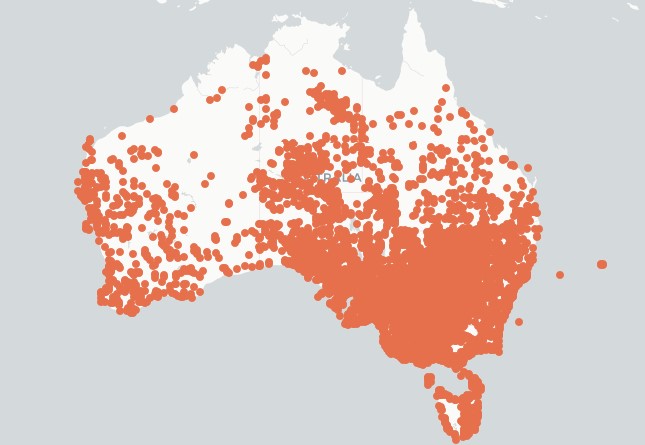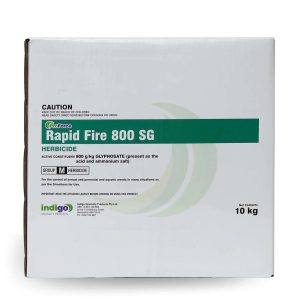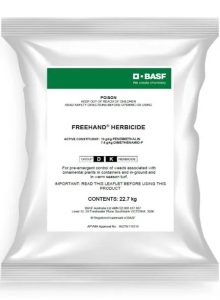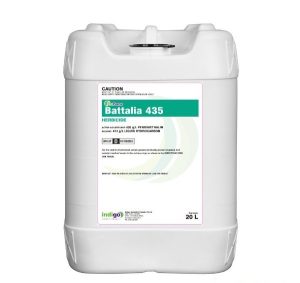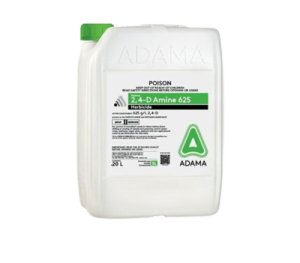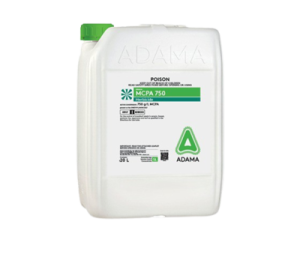Fat Hen (Chenopodium album)
Fat Hen is also known as White Goose foot or Common Lamb’s Quarters in Australia. It is an erect Summer annual herb which is up to 2 m high and usually has striped stems.
Once you read this, you will:
- Know how to ID Fat Hen or Goose foot.
- Know what conditions favour Goose foot or Lamb’s Quarters.
- Have a good idea of the best options to control Fat Hen.
Why is Fat Hen a Problem Weed?
- Fat Hen becomes a big problem if it grows too large, as it smothers nearby plants..
- It competes with plants for light, nutrients and moisture.
- It is a heavy seed producer.
- Fat Hen seeds remain viable for a significant length of time.
- It has a competitive advantage over many plants as it is an early Spring emerging weed that also has one of the longest emergence durations.
- Once it germinates Fat Hen flowers in as little as 5 weeks. It produces viable seeds two to three weeks after it flowers.
The distribution map is courtesy of The Atlas of Living Australia.
More information on lawn weeds is in our weed ID chart. What weeds reveal about soil conditions is in our blog on indicator weeds.
Fat Hen Identification.
White Goose foot is a tall, heavy seeding Summer annual or biennial herbaceous plant. It prefers high rainfall, temperate to sub-tropical conditions, and only reproduces by seed.
The seeds germinate in the Spring, and continue through the Summer and into the Autumn.
The taproot is short and branched and it is only moderately drought tolerant. It is sensitive to frost.
Category: Broadleaf (Dicot).
Photosynthetic Pathway: Fat Hen is a C3 Weed.
Flower: Fat Hen has inconspicuous clusters of green or white flowers that are in clusters. In some cases this weed flowers in the Spring but it mainly flowers in the late Summer and Autumn.
Height: It grows from 20 cm up to 2 metres in height.
Leaf length: The leaves of Fat Hen have an elliptic to diamond-shape, and are 20 to 60 mm long.
Leaf Width: The leaves of Fat Hen are 5 to 30 mm wide, and have a pointed tip. The lower leaves sometimes have angular teeth.
Reproduction: Fat Hen reproduces only by seed. It is a heavy seed producer, and produces up to 75,000 seeds per plant. Seeds are spread by birds and mammals, with about 20% germinate immediately. The rest of the seeds remain viable for several decades.
Seed longevity: >5 years.
Seed decline: 21% per year.
Germination depth: 4.8cm.
Seeds/flower: 1.
Seeds/plant: 3,000 to 20,000.
Comments: The leaves of Fat Hen are oval to trowel-shaped, and the edges have teeth or irregular lobes. The upper leaf surface is green, and the lower surface is a mealy white.
Habitat: Lamb’s Quarters has a preference for well-drained high pH soils but can also grow on low pH soils.
How to Remove Fat Hen.
You can use cultural and chemical controls to remove Fat Hen or Goose foot.
Management Calendar for Fat Hen or Goose Foot.
Management Calendar for Fat Hen | ||||||||||||
Summer annual | ||||||||||||
Jan | Feb | Mar | Apr | May | Jun | Jul | Aug | Sep | Oct | Nov | Dec | |
Germination | ||||||||||||
Flowering | ||||||||||||
Pre Emergent Herbicide | ||||||||||||
Post Emergent | ||||||||||||
Cultural Control of Fat Hen.
- Feed your turf properly
- Make sure that you mow at the right height of cut.
- Hand removal of Fat Hen is practical if the problem is not widespread. You should do this before the plants seed in the Summer. Remove any flowering Fat Hen plants off site, and don’t leave them on the surface. This ensures that viable seed isn’t left to grow back.
Lambs Quarters has a high demand for plant nutrients.
- It responds strongly to N and has a moderate response to P.
- High rates of N favour Fat Hen.
- It has a strong response to high K levels, and it is very competitive when K levels are high. So limit the soil levels of N and K where possible.
Chemical Control of Fat Hen.
Pre-Emergents for Fat hen
- ProForce Battalia.
- BASF Freehand.
- In NZ Esplanade has a label for Fat Hen.
- Ethofumesate.
- In the USA, Specticle and Prodiamine have a label for this weed.
Post Emergents for Fat Hen.
There are several options to control Goose Foot or Fat Hen. Treatment works best if it is within 3 weeks of the seed germinating. After this it tends to become woody and tricky to control. You will need repeat treatments to control any regrowth of Fat Hen.
Fat Hen is regarded as being difficult to wet, so we recommend a non ionic surfactant like OptiSpread 1000 at 0.25 to 0.5 v/v.
The reason it is difficult to wet, is that although most dicot weeds have a wax layer, Goose Foot has a crystalline wax layer more similar to those you find in grasses.
Selective post emergents for Fat Hen include:
- 2,4-D Amine. Apply when the weeds are young and actively growing. You may well need to make repeat applications.
- Dicamba. Apply to rapidly growing plants. Smaller plants are easier to control, and you will need to use higher rates for larger plants. Do not apply when outside temperatures exceed 26°C. Do not use Dicamba on Bufffalo grass.
- MCPA. Increases the spectrum of Fat Hen control if it is in a mix.
- Ethofumesate.
- Warhead Trio.
- Quali-Pro Nutmeg.
- Pylex in the USA.
You will get the best results when you:
- Only apply herbicides to actively growing weeds.
- Allow adequate time between when you spray and when you mow for the herbicide to work.
- Do not spray when the weed is under stress due to drought or cold weather.
Table of Fat Hen Post Emergent Herbicides.
Product | Active | Chemical Group | Rate/Ha | Comments | ||||
2,4-D | 2,4-D | 4 | 1.8-3.2 | Wet foliage thoroughly. DO NOT mow lawn for 1 week before and at least 1 weed after application. DO NOT use on Buffalo grass (WA only). | ||||
Dicamba | Dicamba | 4 | 1.2L + 3.2L of 2,4-D Amine 625g/L | Use a minimum of 1000L/Ha water. Do not spray on Buffalo or Bent Grass. | ||||
MCPA | MCPA | 4 | 930ml -1.8L | Apply in high volume to actively growing weeds. DO NOT mow for 2 days before application. Some transitory damage may occur to fine turf grasses | ||||
Nutmeg | Bentazone | 6 | 2 to 3 L/ha in 200 to 500 L of water per Ha | For best results, target applications to small and actively growing weeds, with good soil moisture. Sequential applications may be necessary. Do not exceed two applications within 4 weeks. The addition of a non-ionic surfactant such as Optispread 1000 at 125 mL per 100 L of the spray volume may improve weed control. | ||||
Pylex | Topramezone | 27 | 0.375 mL/ 100 m2 in 4-6 L water + 0.5% MSO | Make two applications 21-28 days apart. You may see bleaching of Bentgrass after 7-14 days. Do not water for 24 hrs post application. | ||||
Warhead | MCPA + Clopyralid + Diflufenican | 4 + 12 | 5 L | You may see discolouration on kikuyu, carpet grass and Queensland blue. Avoid overlapping. Use an NIS. | ||||
Non Selective Herbicides for Fat Hen.
You cannot use any of these on lawns or turf areas to selectively remove Fat Hen.
- Glufosinate-ammonium provides control for 4 to 6 weeks, but it regrows and recovers due to the limited movement of glufosinate.
- Glyphosate. You can use Glyphosate but if water quality is an issue use ProForce Manta Ray.
These are non-selective but also have a long term residual and stop any re-growth of Lamb’s Quarters.
- Renegade. Renegade stops germination of Goose foot for up to 12 months. This reduces the need for multiple herbicide applications.
- Numchuk Quad. This gives post and pre emergent control for up to 12 months.
- Cortex Duo. Cortex Duo gives a rapid knockdown of Fat Hen, and residual control for up to 3 months. It is also safe to use around trees.
Table of Non Selectives for Fat Hen.
Product | Active | Chemical Group | Rate/Ha |
Glufosinate 200 | Glufosinate-ammonium | 10 | 1-6L |
Rapid Fire 800 | Glyphosate | 9 | 0.9-1.35 Kg |
Numchuk Quad | Terbuthylazine + Glyphosate + Amitrole + Oxyfluorfen | 5 + 9 + 34 + 14 | 20-25L |
Cortex Duo | Nonanoic Acid + Oxyfluorfen | 14 | 7L/1000L |
Renegade | Bromacil | 5 | 3.5-6.5Kg |

